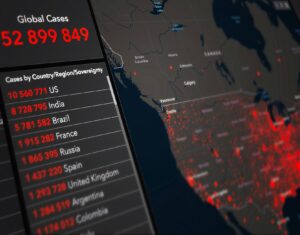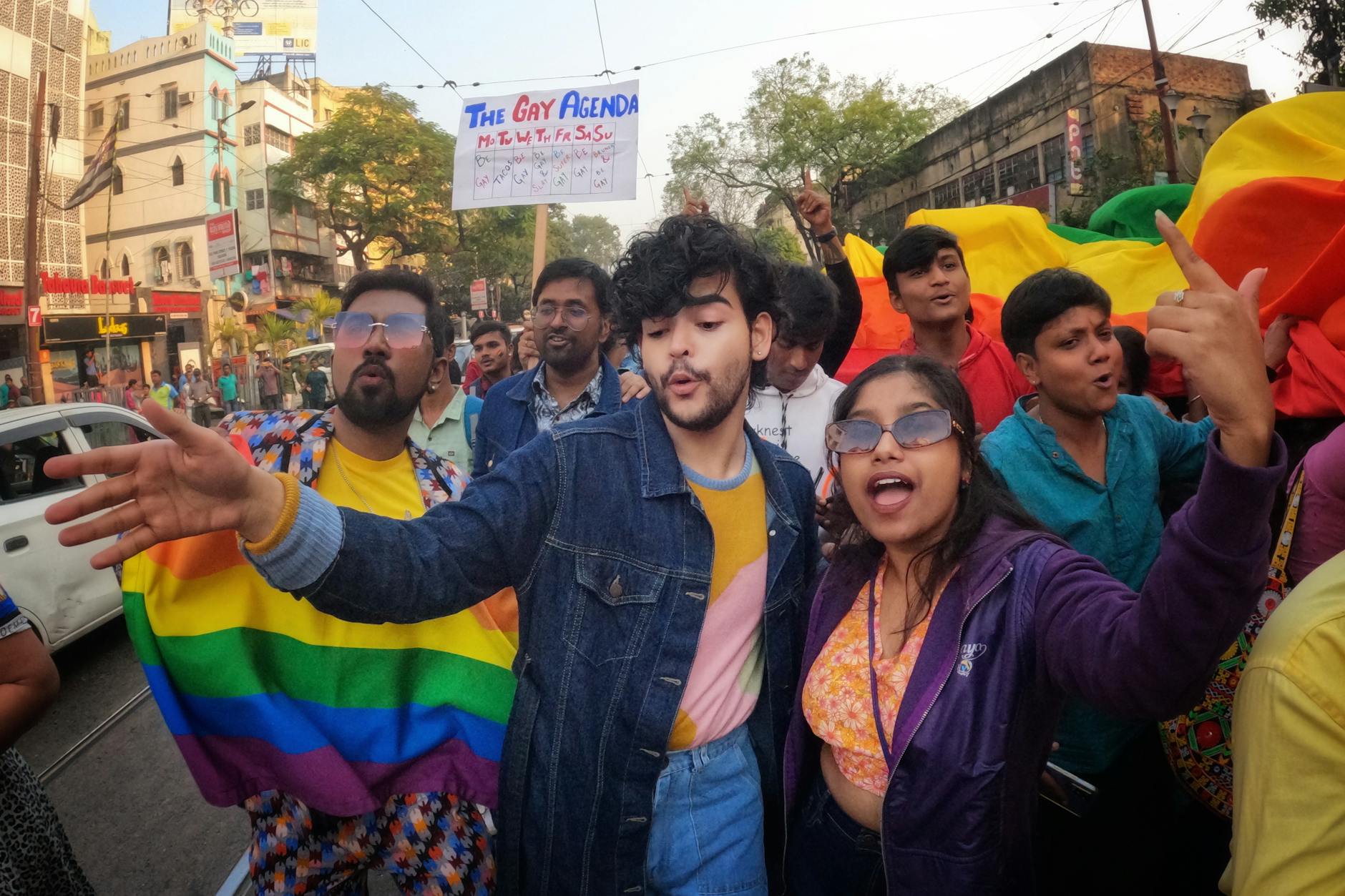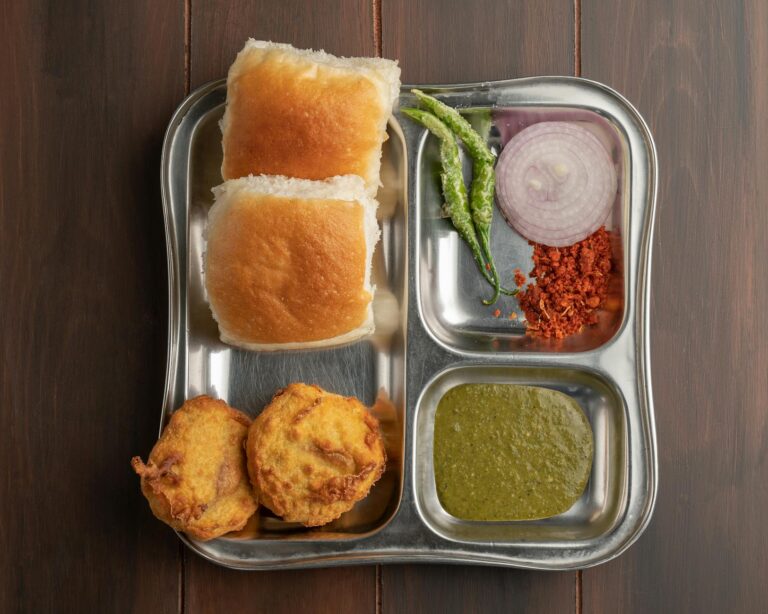India Slips to 131 in Global Gender Gap Rankings—What’s Going Wrong?
Let’s Talk About That Awkward Number
You know that sinking feeling when you check your exam results and realize you’ve actually slipped a few ranks? That’s India right now with the 2025 Global Gender Gap Index. We’re at 131 out of 148 countries—down from last year. And here’s the kicker: it’s not that we didn’t improve at all. It’s just that everyone else raced ahead while we were busy making tiny, half-hearted steps. The biggest gut punch? Women in Parliament actually decreased. From 15% to 14%. In 2025. Let that sink in.
How This Gender Gap Thing Even Works
Okay, so the World Economic Forum basically grades countries like a strict schoolteacher on four things:
- Do women get equal pay and jobs? (Spoiler: ha!)
- Can girls go to school as easily as boys? (Getting better, but…)
- Do women live as long as men without dying from preventable stuff? (Yikes)
- Are women actually making decisions in politics? (Cue awkward silence)
Each category gets a score between 0 (total mess) and 1 (perfect equality). And no country’s ever hit 1. Not even close.
India’s Report Card: The Good, Bad, and Ugly
Our score technically improved—by like 0.003 or something. But rankings don’t care about tiny decimals. Here’s the breakdown:
- Jobs & Money: Less than 25% of women work formally. And those who do? Paid way less for the same work. Classic.
- Education: More girls can read now, which is great! But villages? Still pulling daughters out after primary school to help at home or get married.
- Health: Still more boys than girls being born. Still women dying because clinics are too far or too expensive.
- Power: This one hurts. Fewer women in Parliament than last year. And that Women’s Reservation Bill? Still gathering dust since like 2008.
Why We’re Falling Behind
It’s not rocket science. Three big reasons:
- Politics is a Boys’ Club: Female MPs get harassed, interrupted, and sidelined. One told me last year, “They ask when I’ll quit to have babies, not about my policies.”
- Workplaces Don’t Care: No childcare, no transport safety, no equal pay—so women either quit or stick to informal jobs with zero benefits.
- That Uncle’s Mindset: You know the type. “Why waste money educating girls?” or “A woman’s place is at home.” Still shockingly common.
Meanwhile, in Other Countries…
Iceland’s been #1 for years. Why? Dads get months of paternity leave—it’s normal for men to parent. Bangladesh? Beats us with more women in factories and local governments. Even Nepal’s doing better on health access. Kind of embarrassing, no?
What’s Actually Being Done?
Government schemes exist—Beti Bachao and all that. But on the ground? Patchy as my grandma’s knitting. NGOs are doing real work though. Like in Tamil Nadu, women’s groups run entire villages. But scaling that up? Needs political will we just don’t have.
How We Fix This Mess
No magic solutions, but:
- Pass that damn Reservation Bill already. 33% seats for women. Not complicated.
- Make offices actually work for women: On-site daycare, safe transport, strict equal pay checks.
- Change minds young: School lessons showing dads cooking, moms working. Ads with female scientists, not just housewives.
Bottom Line
Look, no country’s perfect. But slipping to 131? That’s not bad luck—it’s bad priorities. We’ve got the plans, the data, even the laws drafted. What’s missing? The guts to actually do it. Until then, we’ll keep having these depressing reports while Bangladeshi women outpace us. And honestly? That’s just shameful.
Source: Times of India – Main













One thought on “India Falls to 131st in Gender Equality — What Went Wrong?”